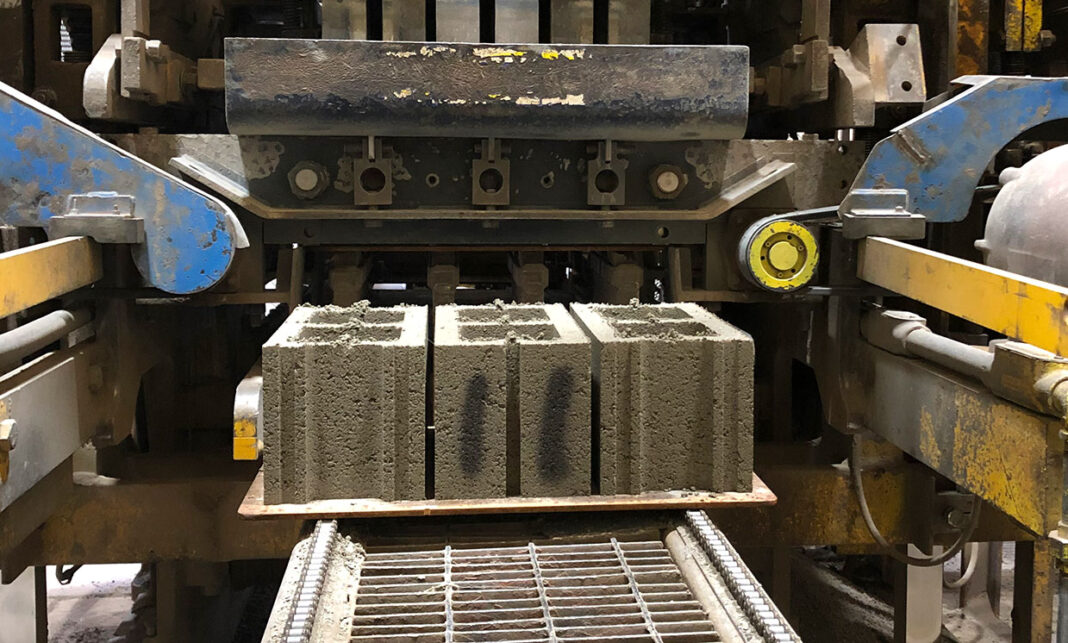Concrete, diamonds, sunglasses, sportswear, water pipe coating, and more can all be made using captured carbon.
Companies in this space have raised over $800 million, 3X more than in 2020. And they are just getting started.
Right now, humans release around 50 billion tons of carbon into the atmosphere each year. 10 billion tons will need to be captured annually by 2050.
Reusing carbon can prove to be a beneficial solution for companies, consumers, and the environment alike. Plus, with customers looking for ways to reduce their own carbon footprint, products produced through captured carbon can be a significant selling point.
Combine these efforts with the carbon credit industry, and you have a real solution to fight climate change.
Nicholas Flanders, a co-founder of Twelve, which uses chemical processes to reuse CO2, agrees. He believes recycling carbon is better than storing it underground since “This technology can go toe to toe with fossil fuels” without additional financial incentives to remove carbon.
According to Ryan Shearman, Chief Executive of Aether Diamonds, which grows diamonds in a lab captured by CO2, says that customers “Have demonstrated that they’re willing to pay a bit of a premium.”
Robert Niven, CEO of CarbonCure Technologies, which makes technology that injects CO2 into fresh concrete, and strengthens it by locking in the carbon, sees the same.
“About 90% of our uptake has been from independent concrete producers large and small that are just looking for that competitive edge.”
Consumers want to support environmental initiatives. Many take steps to reduce their footprint each day (such as riding a bike instead of driving a car or purchasing carbon credits to offset airline travel). Others are choosing to only invest in companies that are offsetting and reducing their carbon. Products created through carbon capture would naturally spark their interest.
A Columbia University report released in May shows that all fossil-based products that could use recycled CO2 account for approximately 6.8 billion tons of emissions. As companies find additional ways to utilize carbon instead of emitting it, the world’s net-zero goals could very well become a reality.


